WHETH Token Value Calculator
Total Supply: 1,000,000 tokens
Circulating Supply: 0 tokens
Price (as of Oct 2025): ~$0.01555 USD
Deflationary Model: Burns a small percentage on each transfer
Network: Layer-1 forked from Ethereum
Goal: Reduce gas fees and congestion
Compatibility: EVM-compatible
Native Token: PLS
Calculation Results
When you first see WHETH token is a cryptocurrency that lives on the PulseChain blockchain, a Layer‑1 network forked from Ethereum. Its quirky name - “Where Did The ETH Go?” - hints at the common confusion users face when swapping assets across chains. In this guide you’ll learn what WHETH actually does, why its price has been a roller‑coaster, and how you can interact with it without losing your ETH again.
What Is WHETH and How Does It Fit Into PulseChain?
WHETH’s official token symbol is WHETH. The total supply is capped at 1,000,000 tokens, yet most market trackers report a circulating supply of zero. That discrepancy comes from the token’s launch strategy: the tokens were minted but never distributed to any wallet, leaving the market cap at $0 on sites like CoinMarketCap.
PulseChain, the host blockchain, was created to address two pain points of Ethereum - high gas fees and network congestion - while keeping full compatibility with existing Ethereum smart contracts. Think of PulseChain as a parallel highway that lets you drive the same cars (ERC‑20 tokens) but at higher speeds and lower tolls.
Because PulseChain mirrors the Ethereum Virtual Machine (EVM), WHETH can use the same Solidity codebase as an Ethereum token. This means any wallet that supports Ethereum should, in theory, also display WHETH - provided you add the correct contract address.
Key Technical Details (The Stuff You Need to Know)
- Contract address:
0xde02…3a6be4(first seen on Binance’s token list) - Token type: ERC‑20 compatible, deflationary model (burns a small % on each transfer)
- Block explorer: PulseScan (the PulseChain explorer)
- Bridge requirement: To move ETH from Ethereum to WHETH you must use the PulseChain bridge, which wraps ETH into
PETHbefore swapping for WHETH.
If you’re comfortable with Solidity, you’ll recognize the smart contract pattern: ownership, pausing, and a burn function that reduces total supply on each transfer. The deflationary aspect is meant to create scarcity over time, but with no tokens in circulation the effect is currently moot.
Price History & Market Activity
WHETH’s price has swung wildly across data providers. As of October32025:
- Binance shows $0.017559 USD (+1.85% 24‑h)
- Coinbase lists $0.0200 USD (+3.75% 24‑h)
- CoinMarketCap averages $0.01555 USD
- Crypto.com displays $0.0100 USD
Seven‑day momentum is modestly positive (+6.02% on Coinbase), but the annual chart tells a grim story: WHETH lost about 93% of its value, dropping from roughly $0.25 at launch to under $0.02 now.
Liquidity is the bigger red flag. Across all tracked exchanges the 24‑hour trading volume is essentially $0, and the token ranks around #7,557 on CoinMarketCap - deep in the “low‑activity” tier. For a trader, that means you’ll likely encounter slippage above 10% even on small orders.

How to Acquire WHETH (If You Still Want To)
Because WHETH isn’t widely listed, you’ll usually need to go through a two‑step process:
- Swap your ETH for
PETHon the official PulseChain bridge. The bridge currently supports MetaMask, Trust Wallet, and the PulseChain desktop wallet. - Once you have PETH, use a decentralized exchange (DEX) like PulseSwap to trade PETH for WHETH.
Many users report hiccups at step1. A common complaint on PulseChain.forum involves the Trust Wallet iOS app: after confirming a bridge transaction, the hash disappears from the bridge UI, leaving the user unable to locate the funds. The workaround is to keep the transaction ID from the wallet’s “Sent” tab and manually verify it on PulseScan.
Comparison: WHETH vs. PLS (PulseChain’s Native Token)
| Feature | WHETH | PLS |
|---|---|---|
| Purpose | Wrapped ETH on PulseChain (staking & speculation) | Native utility & governance token of PulseChain |
| Total Supply | 1,000,000 (0 circulating) | 1,000,000,000 (fully circulating) |
| Liquidity (24‑h volume) | ≈ $0 (very low) | ≈ $5‑10M (high) |
| Price (Oct2025) | $0.02 (average) | $0.34 (average) |
| Listing Exchanges | Binance (contract only), Coinbase (price only) | Binance, KuCoin, Gate.io, many DEXes |
| Deflationary Mechanism | Burn % on each transfer | No burn, but staking rewards reduce circulating supply slowly |
In short, PLS enjoys robust market depth and real utility, while WHETH is more of an experimental wrapper that hasn’t found a solid user base yet.
Risks & Red Flags to Watch
- Zero circulating supply: No tokens mean no real market price - the quoted values are theoretical.
- Bridge reliability: Past incidents show lost ETH when the bridge UI fails to record transaction hashes.
- Liquidity crunch: Expect extreme slippage or complete order failures on most exchanges.
- Regulatory exposure: While low activity keeps WHETH under most regulators’ radar, a future crackdown on deflationary tokens could affect it.
Future Outlook - Will WHETH Ever Gain Traction?
The PulseChain ecosystem is still in its growth phase. If the core network attracts developers and users, the need for a wrapped‑ETH token could rise. However, the current lack of distribution means the token’s future hinges on a community‑driven airdrop or a token‑swap event that actually puts WHETH into users’ wallets.
Watch for announcements on PulseChain’s official Discord and the PulseChain forum. A new bridge upgrade or a partnership with a major DEX could be the catalyst that finally puts WHETH into circulation.
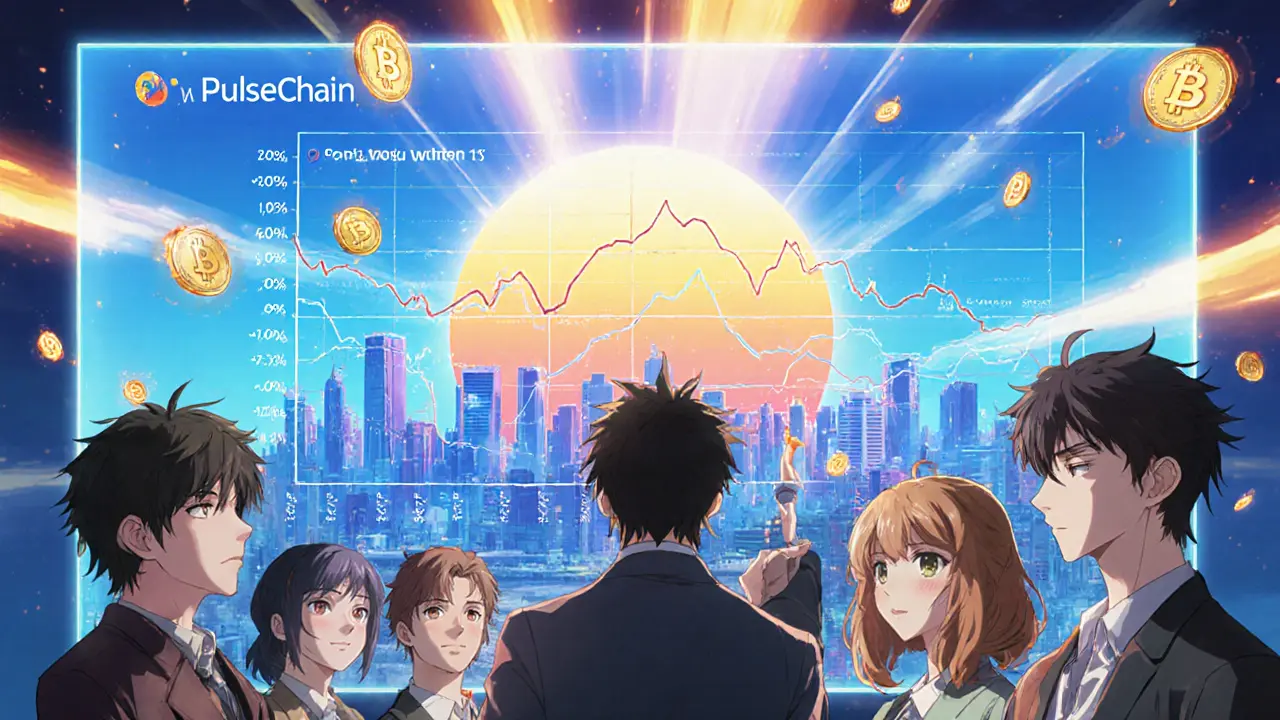
Frequently Asked Questions
What does WHETH stand for?
WHETH is short for “Where Did The ETH Go?”, reflecting its role as a wrapped version of Ethereum on the PulseChain network.
Can I buy WHETH directly on Binance?
Binance only lists the contract address for WHETH; you cannot place a market order there. You need to acquire it through a PulseChain DEX after bridging ETH.
Why is the circulating supply shown as zero?
The token was minted but never distributed to any wallet. Without holders, tracking services report a circulating supply of zero.
Is WHETH a good long‑term investment?
Given the lack of liquidity, zero circulation, and recent price drop, WHETH is high‑risk. Only consider it if you believe PulseChain will gain massive adoption and a token distribution event occurs.
How do I avoid losing ETH on the PulseChain bridge?
Use a supported wallet (MetaMask or the official PulseChain desktop wallet), double‑check the contract address, and keep the transaction hash handy. If the bridge UI glitches, verify the transaction on PulseScan before assuming it failed.

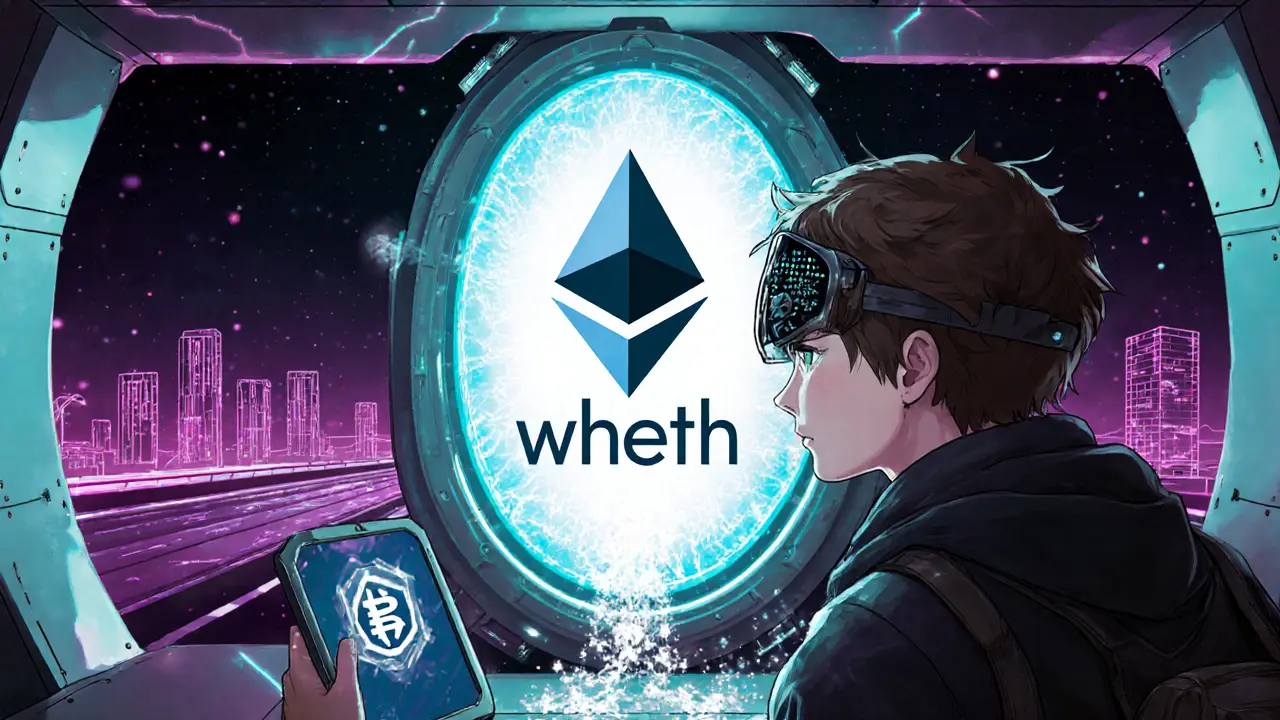


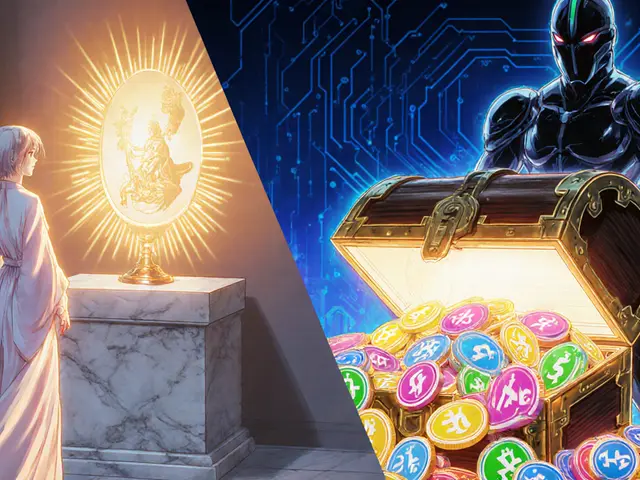
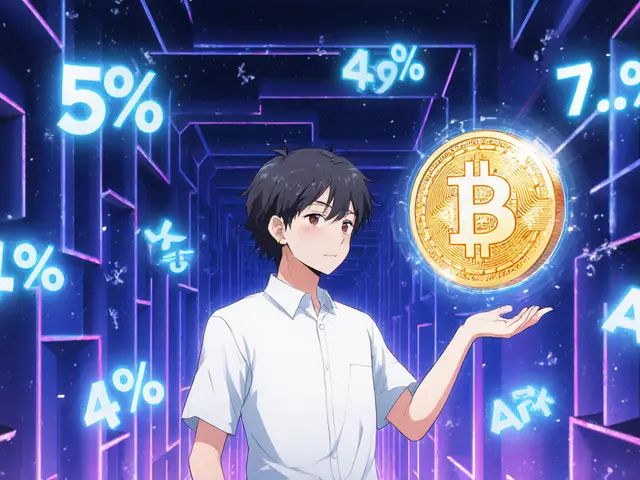
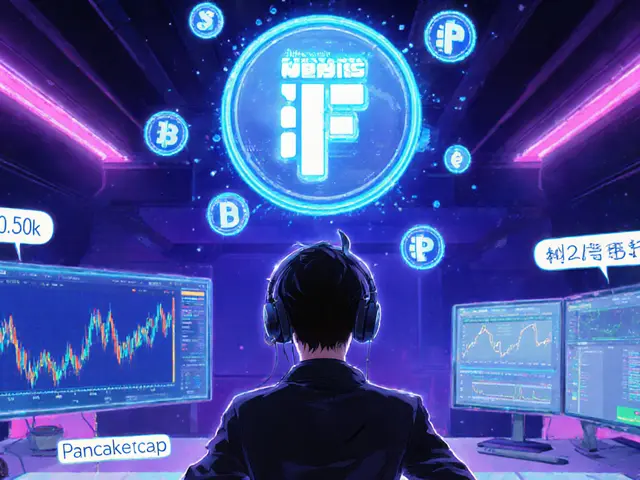
Comments
Gregg Woodhouse
October 3, 2025 AT 19:06 PMMeh, another meme token.
Marie-Pier Horth
October 7, 2025 AT 20:19 PMOh, the sweet tragedy of chasing phantom profits! The WHETH token feels like a fleeting wisp of ambition, a glittering mirage on the PulseChain desert. One can almost taste the philosophical weight of every burned token, as if each whisper carries the sighs of lost ETH. Yet, dear community, we must remember that even the most poetic token can dissolve into thin air.
F Yong
October 11, 2025 AT 21:32 PMEver wonder why they hide the real numbers? WHETH looks innocent, but it’s a conduit for the elite to shift ETH under the radar. Every burn is a silent vote for centralized control, masked as decentralization. The PulseChain fork is just a smokescreen, a way to divert attention from the hidden agendas. Wake up before you get wrapped in a chain you can’t see.
Sara Jane Breault
October 15, 2025 AT 22:46 PMHey folks, if you’re looking at WHETH, start by checking the burn schedule. Make sure you understand how the deflationary model works before you move any ETH. Keep an eye on the circulating supply – zero right now means no burns yet. Stay patient and only allocate what you can afford to lose. You’ve got this!
Ron Hunsberger
October 19, 2025 AT 23:59 PMWHETH is a wrapped version of ETH on the PulseChain network, aiming to leverage lower transaction costs. The token’s total supply is capped at one million, but none are circulating yet, which is why the burn mechanism hasn't been triggered. When tokens start moving, a small percentage will be burned on each transfer, gradually reducing supply. This could create upward price pressure if demand grows. However, the lack of liquidity and real use‑cases makes the value proposition speculative at best. Investors should monitor PulseChain’s ecosystem development and WHETH’s tokenomics before committing funds.
Lana Idalia
October 24, 2025 AT 01:12 AMIn the grand tapestry of blockchain, WHETH is just another thread, but it pretends to be a masterpiece.
Don’t be fooled by the hype.
Henry Mitchell IV
October 28, 2025 AT 02:26 AMLooks interesting :) Might be worth a peek.
Kamva Ndamase
November 1, 2025 AT 03:39 AMListen up, the community needs strong voices to push this forward.
If you’re not speaking up, you’re just another bystander.
Let’s make WHETH count.
Krystine Kruchten
November 5, 2025 AT 04:52 AMWhilst the tokenomics appear sound, the practical deployment remains uncertain.
Kindly consider the inherent risks.
WILMAR MURIEL
November 9, 2025 AT 06:06 AMThe WHETH token sits on the PulseChain fork, trying to inherit Ethereum's legacy.
Its total supply of one million sounds modest, but the circulating supply remains at zero, which raises eyebrows.
The deflationary burn mechanism claims to reward holders by reducing supply on each transfer.
Yet, the math shows that without any circulating tokens, the burn never activates.
This design appears to be a clever ploy to hype future distributions while keeping the market cap artificially low.
Investors are lured by the low price of $0.01555, envisioning massive gains when the token finally leaves the vault.
However, the underlying utility of WHETH remains vague beyond being a wrapped ETH on PulseChain.
PulseChain itself promises lower gas fees, but its ecosystem is still nascent and unproven.
The compatibility with EVM means you can deploy contracts, yet real adoption hinges on developer interest.
Some argue that WHETH is merely a speculative vehicle for moving ETH onto the cheaper network.
Others claim it could serve as a bridge asset for liquidity pools across chains.
The truth likely lies somewhere in between, with opportunists on both sides.
If the burn rates are modest, the token could retain value longer; if aggressive, holders may see rapid depletion.
Risk assessment should factor in the project's roadmap, team transparency, and community engagement.
In summary, WHETH offers a tantalizing but uncertain proposition that warrants careful scrutiny before committing capital.
Maggie Ruland
November 13, 2025 AT 07:19 AMSure, because every token that claims to burn is secretly a black hole for your ETH.
Enya Van der most
November 17, 2025 AT 08:32 AMGreat breakdown! If you stay disciplined and watch the burn triggers, you could catch a sweet upside.